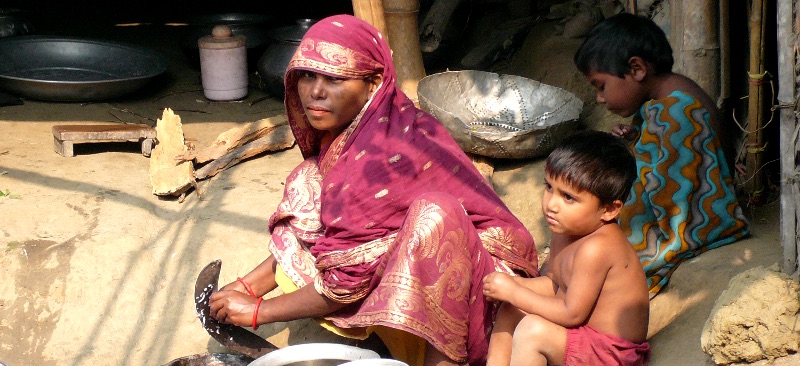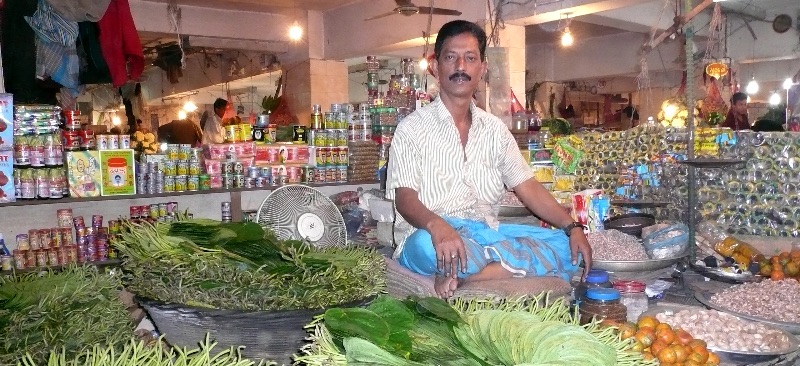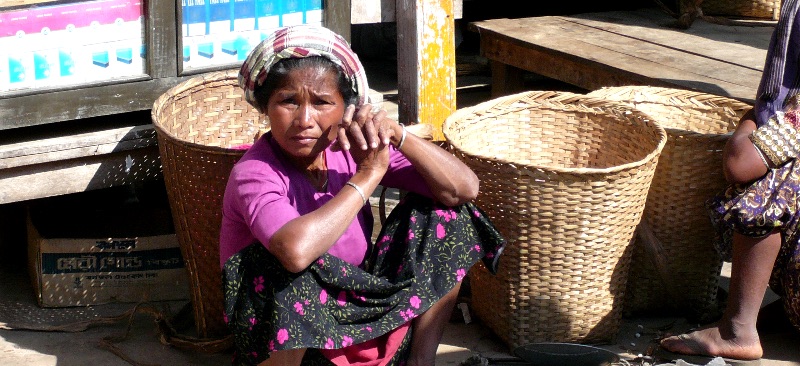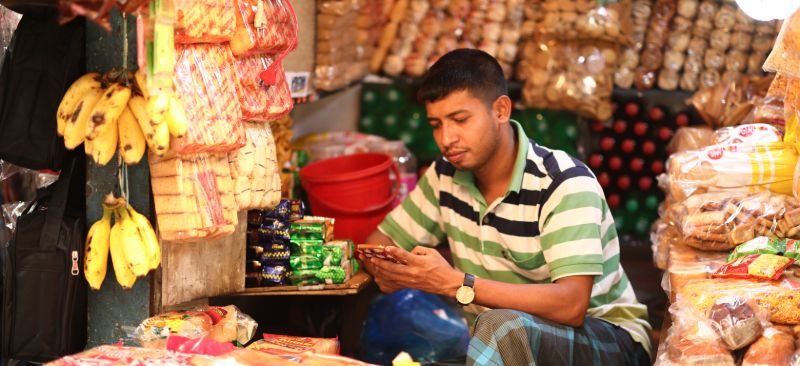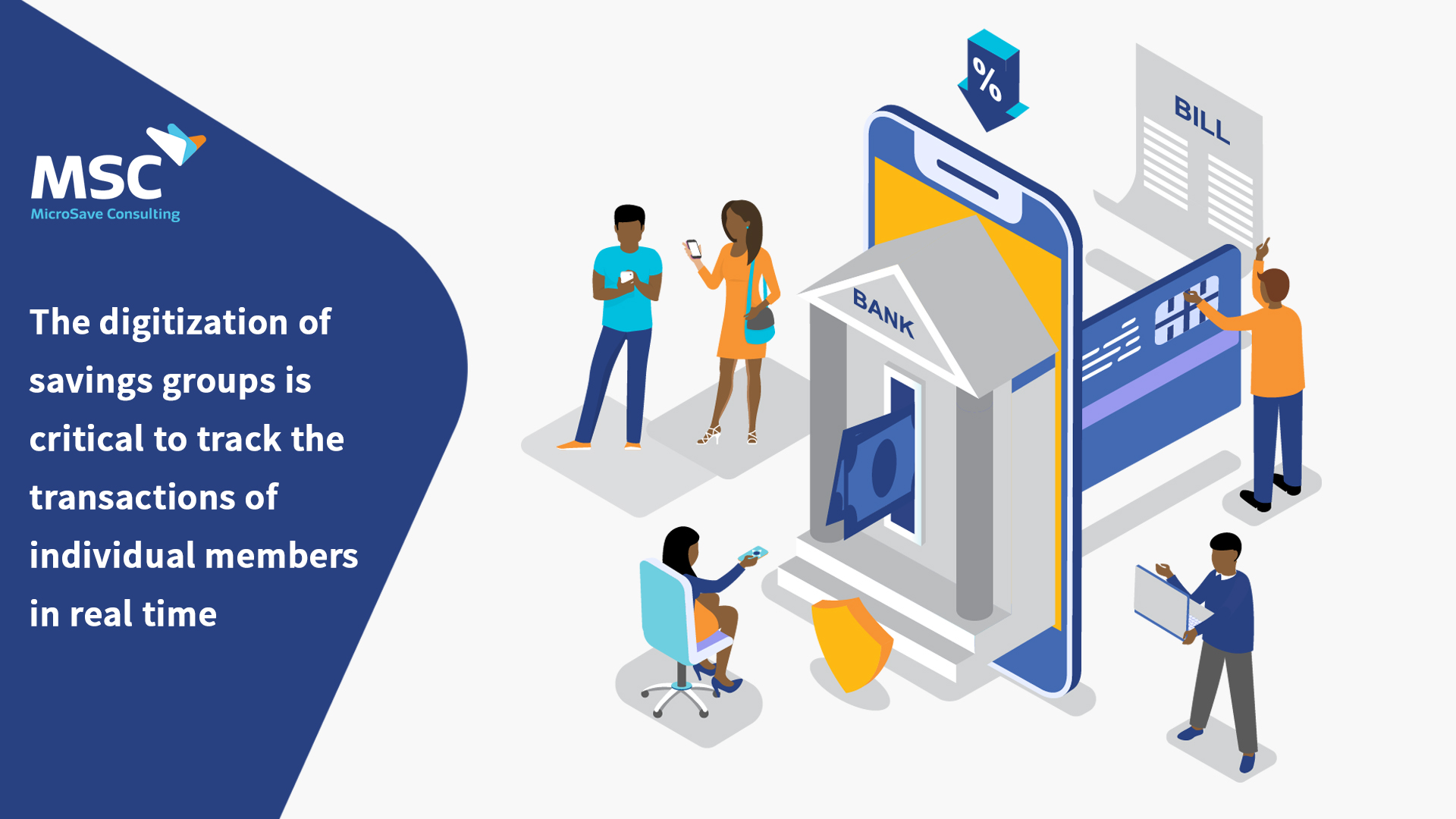Women in Bangladesh are often under-represented in terms of access to formal financial services. It is surprising because these women actively participate in economic activities and are often responsible for the management of household activities. In recent years, the gender gap in financial access has narrowed by the day, thanks to the rise of Digital Financial Services (DFS). This has helped dissolve the social and geographic boundaries that often restrict women’s access to financial services. Digitization of the Primary Education Stipend Program (PESP) is one of the many examples where the Government of Bangladesh works with DFS to encourage women to access financial services through their mobile phones.
Blog
Merchants and digital payments in Bangladesh
Micro and small merchants are the life-force of the Bangladeshi economy, which makes them the most important gateway to greater financial inclusion. When it comes to retail payments, cash is still the undisputed king. However, the need of the hour in Bangladesh is an ecosystem where the retailers can accept digital payments and use these funds to pay their suppliers. When retailers accept digital payments, it also encourages the customers to keep funds in their digital or mobile wallets.
Social Safety Net (SSN) finds a new highway to reach beneficiaries in Bangladesh
The Social Safety Net (SSN) program is an initiative of the Government of Bangladesh that caters to the economically vulnerable and socially or physically disadvantaged people. However, the traditional method of stipend disbursement poses some challenges of its own, especially for people who are already in need of assistance. The digitization of this process has ensured the funds are paid in full, to the right person, and at the right time. Currently, 10.2 million people receive their SSN stipend digitally through biometric authentication at Union Digital Centers (UDC). On top of the added convenience in receiving payments, beneficiaries now also have the option to access other financial services through agent banking.
Mobile Money is improving the financial health of people in Bangladesh
While Bangladesh is now recognized as an economy of infinite possibilities, people in its rural areas still lack access to basic banking services. For rural Bangladeshis, money management is a puzzle that needs to be solved. For the banks, it makes little business sense to open up branches in distant rural areas. Mobile Financial Services (MFS) is gradually changing this narrative for millions of underserved Bangladeshis as almost all adults in Bangladesh use a mobile phone. With about 70 million people who currently use mobiles to conduct financial transactions, MFS promises to be the gateway to full-fledged financial services in the future.
Management of savings groups through digitization – Part 2
The digital transformation of savings management and credit processes is key to breaking critical barriers around account opening, client onboarding, entrepreneurship training, loan application, analysis, approval, and disbursement. Part 1 of this series focused on why it is important for financial institutions to digitize savings groups and the benefits that these organizations stand to gain by moving away from manual operations toward more digitized solutions. This podcast gives us more insights on the credit cycle for savings groups and how digitizing this process can enhance more efficiency and loan repayments.
Management of savings groups through digitization – Part 1
The digital transformation of savings management and credit processes is key to breaking critical barriers around account opening, client onboarding, entrepreneurship training, loan application, analysis, approval, and disbursement. This podcast examines why it is important for financial institutions to digitize savings groups and the benefits that these organizations stand to gain by moving away from manual operations toward more digitized solutions.
